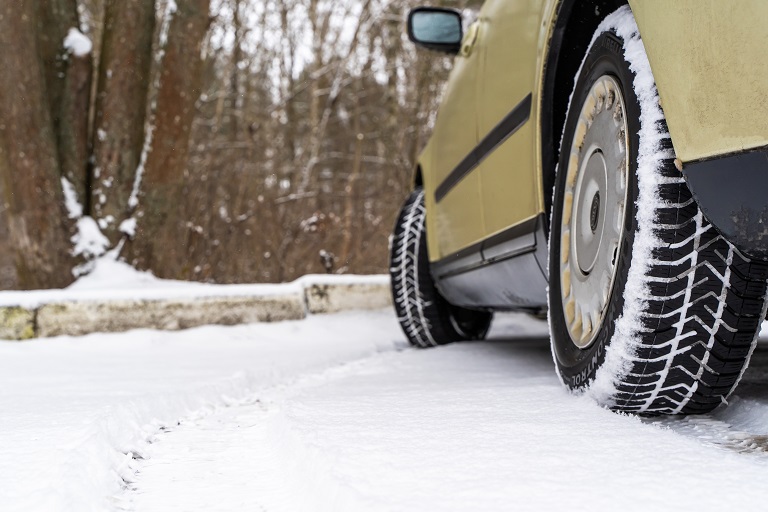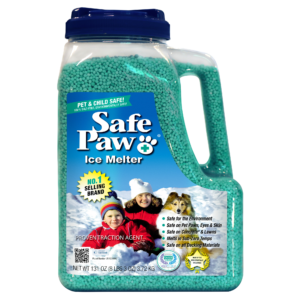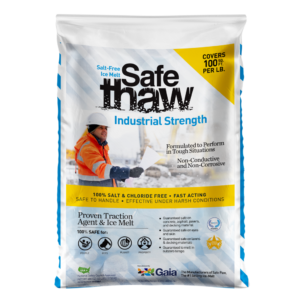What Is The Difference Between Summer And Winter Tires?

Winter driving conditions can be extremely difficult for drivers. Freezing temperatures, low visibility, and slick road conditions increase your chances of losing control of your vehicle and being involved in an accident. As a result, it’s critical to take necessary safeguards for yourself and your vehicle when snowy weather strikes.
Preparing for winter driving is not an easy task. But if you have the right tires, non toxic ice melt, and a traction agent, you are set to go.
Winter Tires
Winter tires aren’t simply for driving in the snow, contrary to popular belief. They can improve your vehicle’s stopping distance and provide additional grip while it’s raining. But how do they manage it?
The rubber content of winter tires is higher than that of summer tires. In cold temperatures, this minimizes the probability of the wheels becoming brittle. Instead, they remain flexible, which increases their grip and handling performance on the road surface. Summer tires harden more quickly in low conditions and may not function as well.
Additional grooves on winter tires disperse water from beneath the tires, allowing them to stay in contact with the road and lowering the chance of aquaplaning. These grooves improve tires’ traction in snow and ice. The deeper tread pattern also enhances the grip.
Get ready for winter with the ONLY Pet Safe Ice Melt you can trust
Summer Tires
In mild weather, summer tires are designed with somewhat less rubber than winter tires, making them softer and more flexible. When the temperature rises over seven degrees, they perform well on both wet and dry roads. Because we receive a lot of rain in the UK even in the summer, these tires will be suitable for usage between April and October.
Summer tires feature fewer grooves than winter tires, but they still include tread bars to reduce the risk of aquaplaning in wet weather with lots of puddles. Summer tires need to be avoided when the temperature goes below seven degrees Celsius. It is because they can become too brittle and function poorly in cold temperatures. They may, however, be used at much greater temperatures without becoming too soft.
Get ready for winter with the ONLY Pet Safe Ice Melt you can trust
Is It Possible To Use Summer Tires In The Winter Or Vice Versa?
Summer tires are supposed to be softer and more flexible, while winter tires are designed to be softer and more flexible. It is so they don’t overwork themselves in the cold. People sometimes use snow grippers for tires but they can easily damage tires if not fitted well.
If you use winter tires on warm, dry roads, they may become overly soft and wear down much more quickly. They will most likely wear out far faster than summer tires. A non toxic ice melt, when used in the driveway, will give you traction to get going.
Conclusion
Though winter tires are advisable for driving in snow, it is not an easy job to change all tires every six months. An instant traction agent will help you to lessen your winter anxieties. It is advisable to keep a traction agent in your car. You can use it for safe driving and can also put it down while getting off your vehicle.
Get ready for winter with the ONLY Pet Safe Ice Melt you can trust
Other Ice Melt Products
Safe Paw
The Original and the #1 Pet and Child Safe Ice Melt for over 20 years. Guaranteed environmentally safe – will not harm waterways and sensitive wetlands. Safe Paw can change how winter affects our planet.

Safe Thaw
Imagine an ice melt you can put down and never worry about. It won’t harm pets, kids and your property. That’s Safe Thaw. Unlike anything else on the market, Safe Thaw can change how winter affects our planet.
